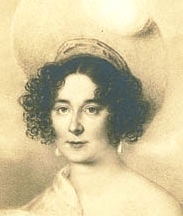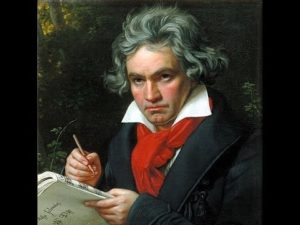Ludwig Van Beethoven of course is known as the genius who went deaf midway through his career, and yet still managed to create some of the greatest masterworks in the entire repertoire. His musical output spanned the transition from the classical era – music of Mozart and Haydn – to the romantic music of Brahms, Dvorak, Schumann, etc., and then carrying on to Mahler and others. His early works in fact were classical in nature – including his early quartets and his first symphony.
Beethoven’s fame and reputation rests with his symphonies, string quartets, concerti and piano works. But of course, there had to be a beginning – music that was his learning laboratory. There were hundreds of pieces that are listed simply as WoO – werke ohne opus, which translates as works without opus number. These include instrumental works and songs. Among them is Für Elise – a piano work made popular by the Suzuki piano method, which means that literally thousands and thousands of young students had to learn this piece as part of their studies. And as it turns out, it is a good introduction to early Beethoven.

So the enternal question is, who was Elise – the person who Beethoven supposedly composed this piece for? Well, there was no Elise. In fact the piece was composed for Therese Malfatti, who was Beethoven’s student, and who he was in love with and actually proposed to. The confusion of the name arose because Beethoven’s copyist could not read Beethoven’s messy scroll for the title, which in reality said [translated], For Therese on the 27th of April in remembrance of L.V. Bethvn. Although Ms. Malfatti rejected Beethoven’s overture (I know, bad pun), and later maried the Austrian nobleman Wilhelm von Drossdik in 1816, her legacy lives on by the music Beethoven composed for her.
—Jay Fishman

